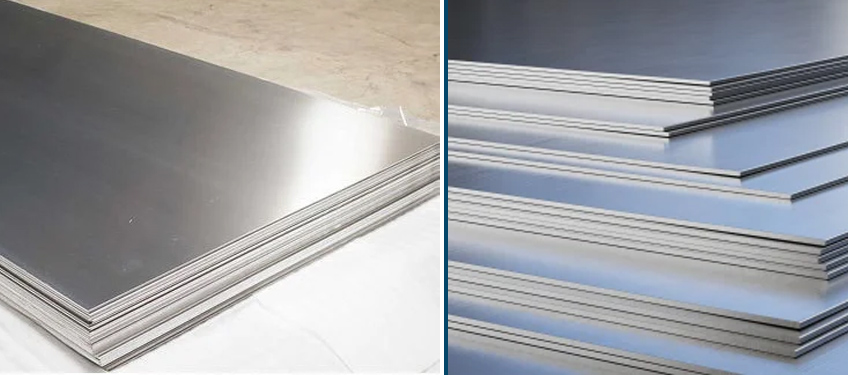There are different kinds of stainless steel grades available in the market. Each of these stainless steel formulations has a level of corrosion resistance that is higher than that of plain steel. The presence of these stainless steel variants may cause some confusion, particularly when two stainless steel alloys' names and formulations are nearly identical. This is the case for stainless steel grades 304 and 304L.
While these two alloys are strikingly identical, there is one significant difference. The overall carbon content of grade 304 stainless steel is 0.08 percent, while grade 304L stainless steel has a maximum carbon content of 0.03 percent.
The "L" in 304L can be translated as "extra-low carbon." The output of the two alloys differs slightly, but noticeably, due to the difference in carbon content of 0.05 percent. As compared to “standard” grade 304 stainless steel alloy, grade 304L has a minor but significant reduction in main mechanical performance characteristics.
Both are commonly used in the food and beverage manufacturing industries because they are simple to shape and weld and have excellent corrosion resistance. Chemically and mechanically, Type 304 and 304L are very similar. The only difference is the carbon content: 304 stainless steel has a maximum carbon range of 0.08 percent, while 304L has a maximum carbon range of 0.03 percent.
Both 304 and 304L can be used for several of the same applications in use. The differences are often small enough that neither is thought to be significantly more useful than the other. Other alloys, such as grade 316 stainless steel, are typically seen as an alternative when stronger corrosion resistance is needed.




